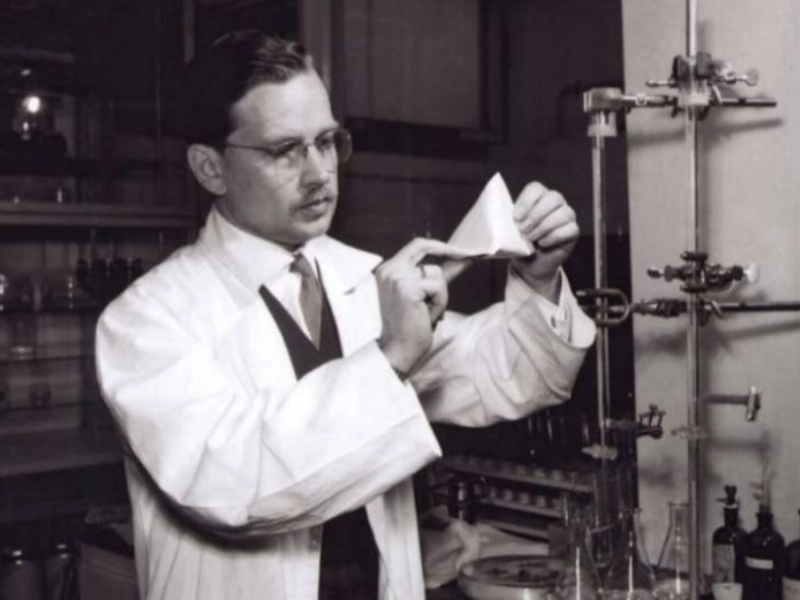
The initial venture of Akerlund & Rausing faced challenges, primarily due to the company's lack of profitability. In 1933, Ruben Rausing made the difficult decision to sell his stake and depart from the business. This move was not taken lightly, as he had invested considerable effort and passion into the company.
Despite leaving Akerlund & Rausing, Ruben remained committed to the packaging industry and kept a close watch on the developments within the field. His keen interest and vision attracted a number of talented inventors, one of whom was Erik Wallenberg. Wallenberg would play a crucial role in the future innovations that Ruben envisioned.
Ruben’s ability to draw in gifted individuals demonstrated his leadership and foresight, as he sought to build a team that could help realize his ambitions for more advanced packaging solutions. This collaboration would eventually lead to significant breakthroughs in the industry.
In conclusion, while Ruben Rausing’s departure from Akerlund & Rausing marked a turning point, it also set the stage for future collaborations and innovations that would ultimately transform the packaging landscape.
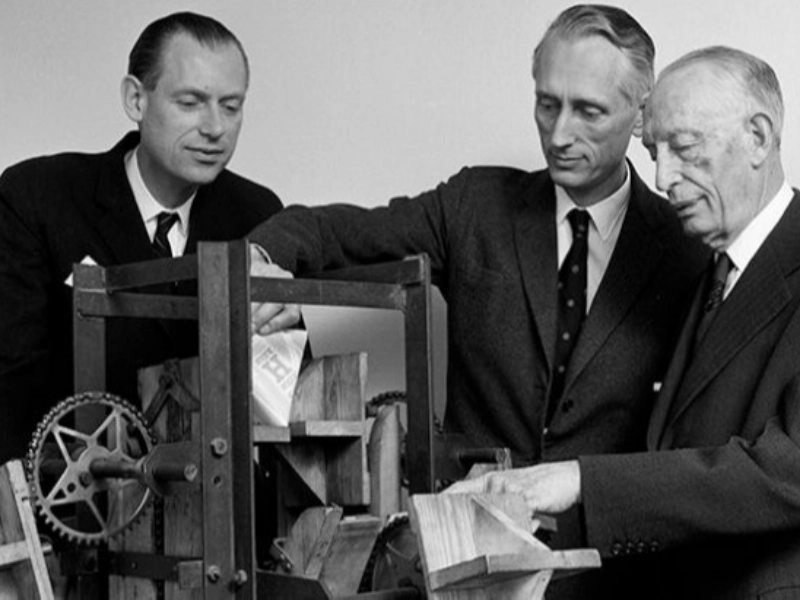
The original technological advancement in packaging came in 1944 when Erik Wallenberg invented the first paper milk package. This innovative solution revolutionized the dairy industry by effectively replacing traditional glass bottles, offering a more practical and lightweight alternative for consumers and distributors alike.
There is some debate regarding the timeline of this groundbreaking invention. Some sources claim that Wallenberg developed the milk packaging in less than a year, showcasing his ingenuity and efficiency. Others suggest that the process took closer to ten years, reflecting the complexities and challenges involved in creating a viable packaging solution.
Regardless of the timeframe, Wallenberg’s invention marked a significant milestone in food packaging technology. It not only improved the convenience of milk distribution but also paved the way for further innovations in the packaging industry, aligning perfectly with Ruben Rausing’s vision for more practical and sustainable solutions.
In conclusion, Wallenberg’s development of the first paper milk package stands as a testament to the power of innovation, transforming how milk was packaged and consumed, and setting the stage for future advancements in food packaging.

Tetra Vintage packaging was designed with a focus on several critical factors: it needed to adhere to strict hygienic guidelines, maintain minimal material costs, and ensure complete transparency in its contents. These requirements were essential for gaining consumer trust and meeting industry standards.
The innovative tetrahedron shape of the new packaging offered significant advantages. This distinctive design not only provided optimal protection for the contents but also maximized the use of materials, making it one of the most economical options available. The unique geometry allowed for efficient stacking and storage, further enhancing its practicality in distribution.
This groundbreaking packaging solution was aptly named Tetra Classic, reflecting its foundational role in the evolution of liquid packaging. Tetra Classic set a new standard in the industry, combining functionality with cost-effectiveness while ensuring the safety and integrity of its contents.
In conclusion, Tetra Classic's design exemplified the principles of hygiene, economy, and transparency, marking a significant advancement in milk packaging and establishing a legacy that would influence the future of food packaging worldwide.
About the Author: AlloyDreamer
I map uncertainty, surface patterns, and share field notes along the way.
Recommended Reading: Funny Photobombs by Mischievous Dogs and Cats Stealing the Spotlight
You are viewing page 3 of this article. Please continue to page 4














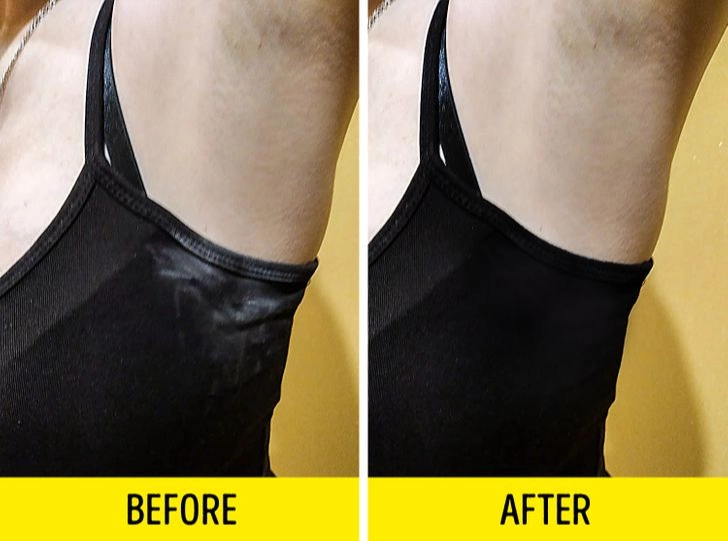


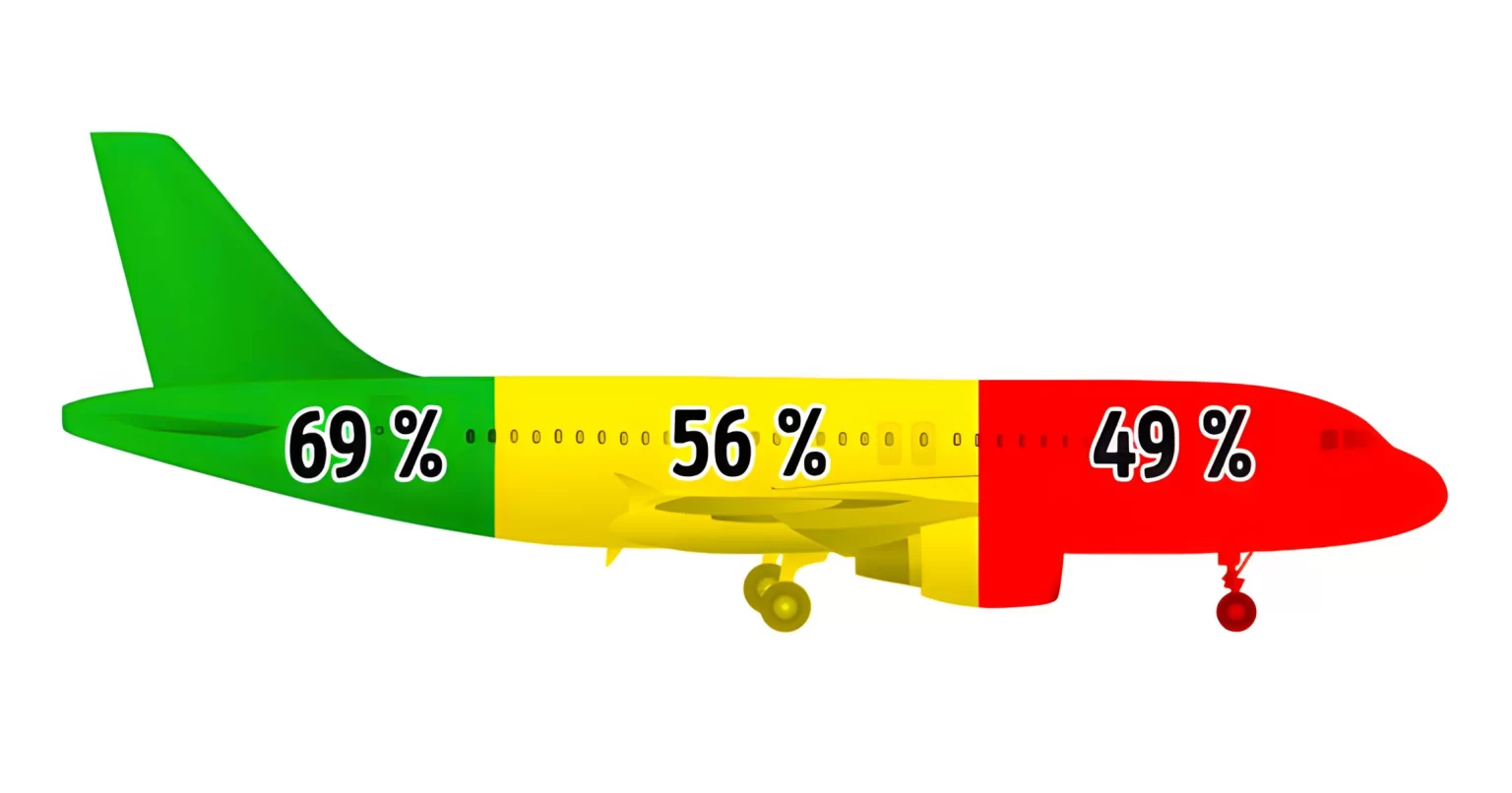
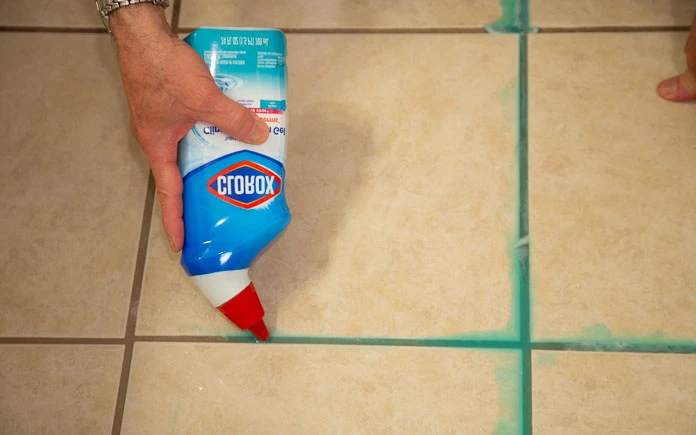











Anchors expectations sanely.
Low ceremony, high rigor.
A prompt worth journaling.